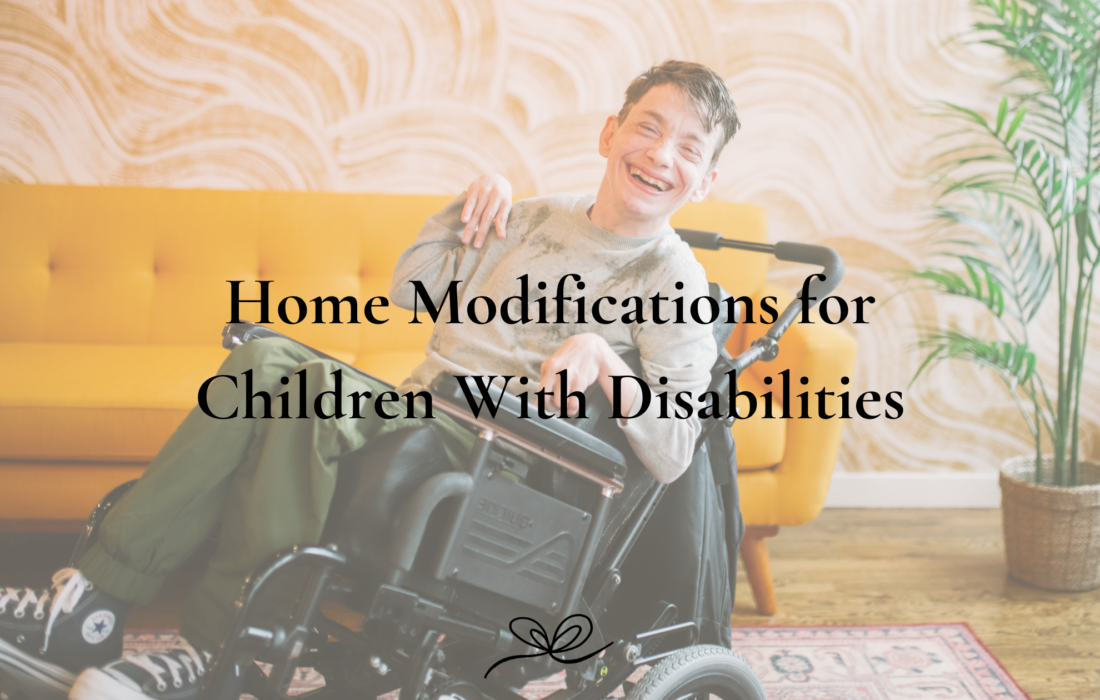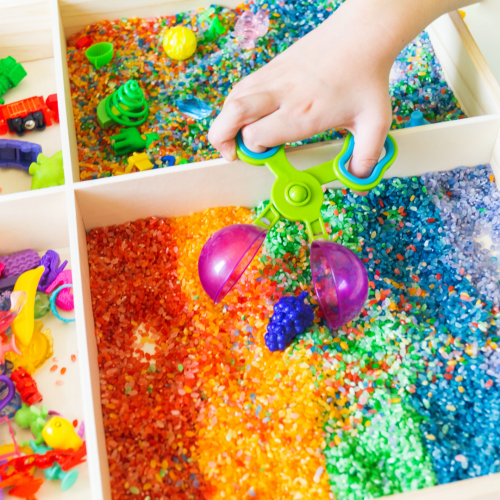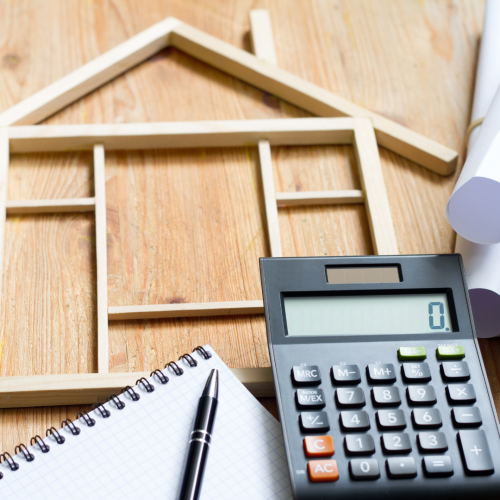
Home Modifications for Children with Disabilities
Parents and guardians taking care of children with disabilities will face many challenges throughout their journey, and for most of these families that includes the layout of their home. When you look to build, buy, or rent a home, you might not think about narrow hallways and doorways, space between a bathroom toilet and the side wall, or the distance from your front door to ground to then consider how difficult the task of installing a wheelchair ramp would be. Once you have a child in your care with disabilities, these are just a few of the new concerns that you may have to address. Creating an accessible and safe environment for your child will not always be convenient or easily affordable, but it will become a priority. Here are some ideas on how to make home modifications for children with disabilies.
Modifications for Wheelchairs
Traveling throughout your home in a wheelchair may prove to be difficult. As a parent, it is your responsibility to create a safe space where your child’s differences are not as heightened every time they need to navigate from one area to another. A few modifications and things to consider include:
– Modifying at least one entrance with no steps and a low or flat threshold
– Minimum of 5 ft. sq. maneuvering space at the entrance
– Wheelchair ramp or gently sloping path leading to home
– Handrails
– Lighting and addition of motion sensors to ensure path is lit when being used
– No area rugs
– Low-pile carpeting or hard flooring
– Roll-in or walk-in shower
– Lowered shower controls
– Toilet area to be 48×56 inches with 18 inches from the side wall
– Wheelchair-height counter (kitchen, bathroom)
– Doorways with 32 inches of clearance and hallways with 42 inches of clearance
– Bedroom on main floor of home
Modifications for Visual Impairments
When you are unable to see well, or at all, it can be overwhelmingly difficult to maneuver around a home. Below are several implementations to make your home safer for your child.
– Non-skid rugs (you can also use colors that contrast strongly with floor color)
– Spill-proof pump dispensers in bathroom and kitchen areas
– Grab bars
– Additional lighting
– Limit obstructions in traffic areas
– Keep all electrical cords clear from path
– Organize belongings to make them easier to find by touch
– Have a space in the kitchen with safe snacks readily available
– Ensure all dangerous items are well out of reach
– Use tactile markings on controls (such as water and ice)
– Use textures whenever possible
– Avoid having walls the same colors as items in the room (i.e. toilet, sink, etc.)
– Floors should not be patterned
– Mark light switches with embossed letter stickers, or another textured marker
– Side rails of stairs should extend beyond first and last step of stairs
– Clothes can have specific embroidery mark so they can differentiate between their clothes
– Do not hang frames or paintings at the hand-level if they use walls to find their way around the home

Modifications for Sensory Concerns
When planning and designing areas to accommodate any sensory concerns, this will be different based on your child’s preferences. Your children may get overwhelmed easily and benefit from having a quiet, sensory space, or they might crave sensory input. Some things to consider when setting up your child’s sensory area include:
– Dim lighting, or windows to let in natural light
– Avoid bright, bold colors on walls and floors
– Eliminate clutter and unnecessary decorations
– Organize toys and belongings
– No strong odors
– Weighted blankets
– Create a sensory corner with blankets and pillows, imaginative toys, books with textures, squishy seating (bean bag chairs), and audio player with headphones
– Mini trampoline for jumping movements
– Safe, padded spaces/surfaces
– Rocking toys
– Noisy toys (for sensory input cravings)
Modifications for Autistic Children
Children with autism require a calm environment to help them avoid agitation. Given the fact that many autistic children do not have strong communication, understanding their needs can be difficult. Here are some suggestions to help them feel more comfortable at home:
– Pay attention to sounds
– Reduce visual stimulation
– Change the lighting
– Give attention to color
– Remove temptations
– Build a playroom
– Consider a padded floor, especially in an activity area
– Plan to have the playroom near a bathroom if possible
– Window coverings that allow natural light, but so much that it becomes overwhelming
– When designing their bedroom, here are some considerations for kids with autism or sensory processing issues
Home Modifications for Children with Medical Equipment
When your child’s needs warrant medical equipment, you will need to make a few adaptations. Some things to consider include:
– Safe storage for medical supplies
– Consider adding additional power outlets for convenient access
– Install a generator to ensure any life-sustaining equipment is always usable
– Purchase equipment in order of priority
– Give attention to stairs and look into installing a lift system

Make Your Home Accessible While Staying In Budget
Any type of modification to a home can be costly, but when it comes to disability-friendly renovations the dollar signs can start adding up quickly. Although you don’t want to spare any expense for your child’s safety, comfort and overall well-being, being able to feed and clothe your family and keep a roof over your head remains a primary priority in addition to other responsibilities. Below are some ways to plan home modifications for children with disabilities while staying on a budget.
– Prioritize modifications based on immediate needs
– Consider a loan, and if you own your home you can look into home equity loan options as well
– DIY when you are able, but never at the expense of your child or sanity of your family
– Purchase equipment second hand when possible, but consult with your child’s doctor or therapist first depending on the type of equipment
Implementing Home Modifications for Children with Disabilities is Possible
These changes can be overwhelming, expensive, and inconvenient, but creating an accessible and safe environment for your child can be managed if you take it step by step. Rather than looking at the full list of everything that can and needs to be done, focus on the most important changes and start there. We have listed a few different resources below, with each providing different options for assistance as you navigate this journey. First and foremost, love them because the only change this requires is the one within your heart; and this naturally occurs when they come into your life.
Resources
Don't Miss Our Next Event!
Recent Posts
- Play-Doh Themed Birthday Party: A Sensory Friendly Experience April 16, 2024
- Understanding and Supporting Autism: A Guide for Autism Awareness April 15, 2024
- Spring in the Valley 2024: Peace, Love, and SGF March 12, 2024
- SGF’s Impact in 2023: Celebrating A Year of Community Support March 11, 2024
- Celebrate International Women’s Day with Kendra Scott and SGF March 6, 2024
By Andrea Silvers
Andrea Silvers grew up in Rome, Georgia. She currently resides in Calhoun, Georgia with her husband and their son. Growing up with special needs siblings brought Andrea to SGF where she takes pride in her role as the Community Relations Director.


